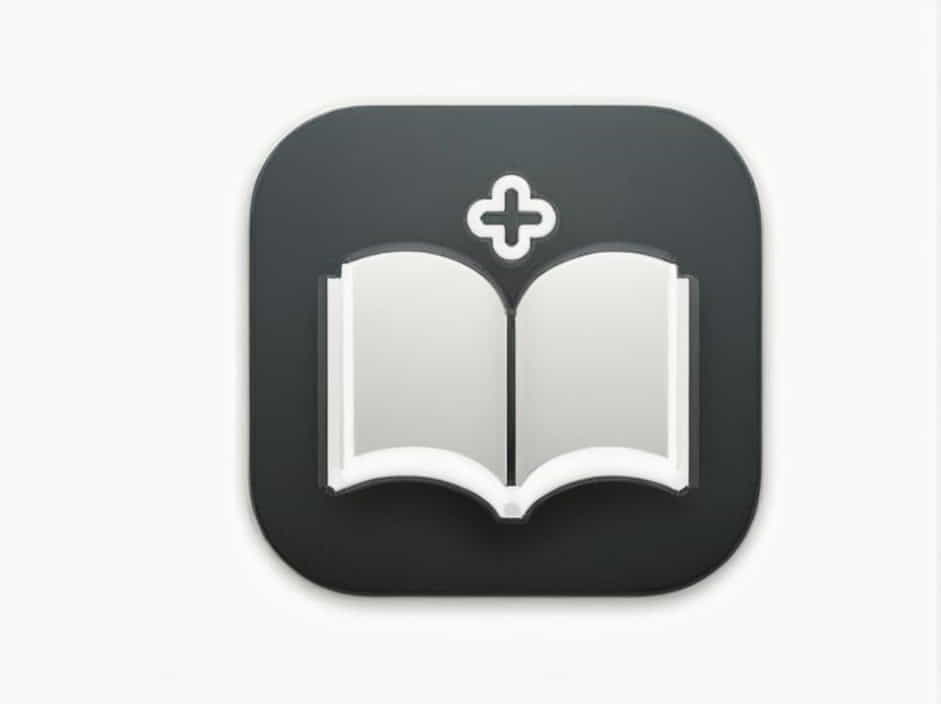The term ‘pectoral’ in the Bible is often associated with the breastplate worn by the High Priest of Israel. This sacred item, known as the ‘Breastplate of Judgment’, was a key part of the priestly garments and held significant spiritual and symbolic meaning.
Understanding the meaning of ‘pectoral’ in the Bible helps to uncover its religious, prophetic, and spiritual importance, particularly in relation to God’s guidance, justice, and the role of the High Priest.
The Biblical Reference to the Pectoral
The Breastplate of Judgment
The pectoral in the Bible refers to the breastplate worn by the High Priest, as described in Exodus 28:15-30. It was an essential part of the sacred garments, made of fine materials and adorned with twelve precious stones, each representing one of the twelve tribes of Israel.
God commanded Moses to instruct the artisans to craft this breastplate with precision, ensuring it reflected divine authority and holiness.
Biblical Description of the Pectoral
According to Exodus 28:15-17, the pectoral was:
- Made of gold, blue, purple, and scarlet thread, and fine linen.
- A square piece of fabric, folded to create a pocket.
- Adorned with four rows of three gemstones, each engraved with the name of a tribe of Israel.
- Designed to hold the Urim and Thummim, tools used to seek God’s will.
This breastplate was not just a piece of clothing; it was a symbol of God’s guidance and justice.
The Symbolism of the Pectoral in the Bible
1. Representation of the Twelve Tribes
The twelve stones represented the entire nation of Israel, signifying that the High Priest carried the people before God when entering the Holy of Holies.
This reflects how spiritual leaders intercede for the people and seek God’s direction on their behalf.
2. A Symbol of Divine Judgment
The pectoral was also called the ‘Breastplate of Judgment’, as it contained the Urim and Thummim-mysterious objects used to determine God’s will. These items reinforced the idea that true justice comes from God alone.
3. The Role of the High Priest
The High Priest, wearing the pectoral, served as a mediator between God and Israel. This role foreshadowed the ultimate High Priest, Jesus Christ, who intercedes for believers before God.
The Pectoral and the High Priest’s Duties
1. Entering the Holy Place
The High Priest wore the pectoral when entering the Most Holy Place once a year during Yom Kippur (the Day of Atonement). This act signified his role in bringing the sins of Israel before God for forgiveness.
2. Seeking Divine Guidance
Through the Urim and Thummim, the High Priest could seek God’s will regarding important decisions. This method of divine communication ensured that Israel followed God’s direction, not human wisdom.
3. A Reminder of Holiness
Every time the High Priest wore the pectoral, it was a reminder that he represented God’s holiness and justice. The intricate design and valuable materials emphasized the sacredness of his role.
The Connection Between the Pectoral and Jesus Christ
1. Jesus as the Ultimate High Priest
In the New Testament, Jesus is described as the true and eternal High Priest (Hebrews 4:14-16). Unlike the earthly High Priests, Jesus does not need a physical breastplate because He perfectly embodies God’s judgment and intercession.
2. The Twelve Apostles and the Twelve Stones
Just as the breastplate had twelve stones representing Israel’s tribes, Jesus chose twelve apostles to spread His message. This parallel signifies how God’s covenant with Israel extends to all believers through Christ.
3. Direct Access to God
With Jesus as our High Priest, believers no longer need an intermediary. Instead of relying on a physical breastplate, Christians have the Holy Spirit to guide them in truth and judgment.
Lessons from the Pectoral for Today
1. God Values His People
The breastplate’s twelve stones show that each tribe had a place before God. Today, this reminds believers that God values and remembers each person individually.
2. Justice Comes from God
The Urim and Thummim inside the pectoral were used to seek God’s judgment. This teaches that true justice comes from divine wisdom, not human reasoning.
3. Jesus Is Our High Priest
The High Priest’s role in carrying the people’s burdens points to Jesus, who intercedes for us. Through Him, believers have direct access to God’s presence and guidance.
The pectoral in the Bible was far more than an ornate garment; it symbolized God’s justice, guidance, and love for His people. Through the High Priest’s breastplate, Israel was reminded of their covenant with God.
Today, Christians see in it a reflection of Jesus Christ, the eternal High Priest, who intercedes for His people and leads them in righteousness. Understanding the pectoral deepens our appreciation of God’s commitment to justice, mercy, and divine leadership.
